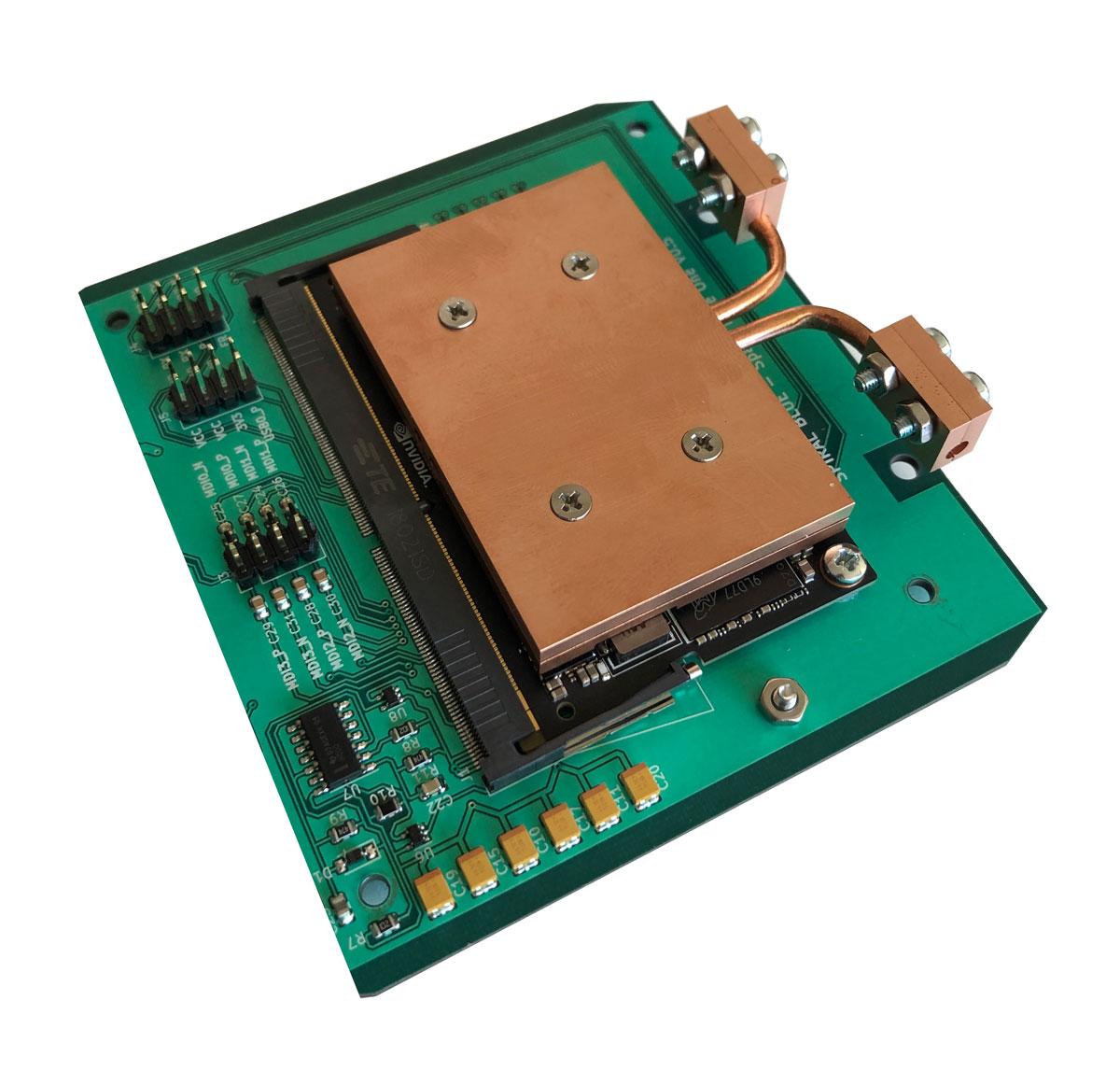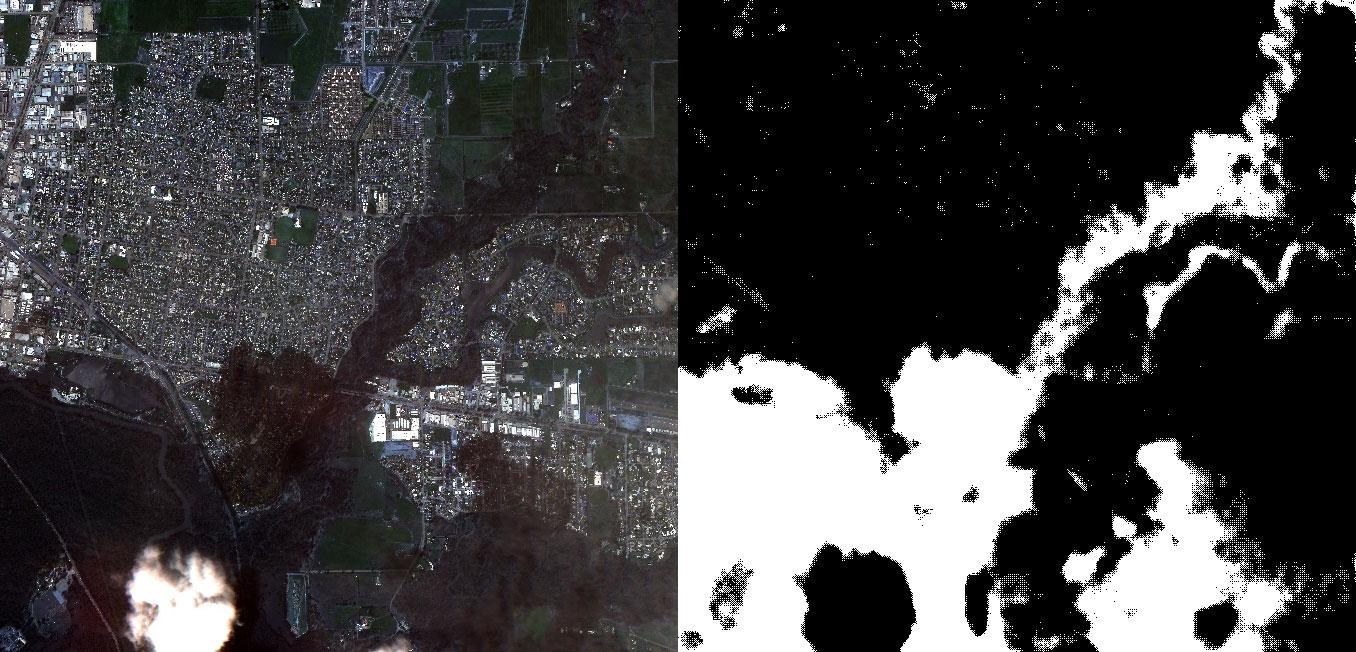In today’s age of content streaming, cloud storage, and online gameplay, we’re used to quick and easy computing. Here on Earth, data makes short jumps around an extensive network of infrastructure with huge capacity. In space, though, the story is very different.
It takes a very long journey for data to flow back and forth between spacecraft and Earth. Plus, with only limited network infrastructure available in space, the bandwidth for those journeys is extremely narrow.
This is a major hurdle when it comes to transmitting high-resolution satellite pictures. Traditionally, satellite operators must download huge packets of raw image data and process them on Earth before analysts can study them. To ease the burden, Australian company Spiral Blue has developed a solution based on edge computing.
By name and nature
The idea of edge computing is to process data as close as possible to where it gets created – in other words, at the ‘edge’ of a device.
By processing data on an adjacent local server, or inside the device itself, users can get fast results without relying on major external infrastructure. Plus, since there’s no need to send big slabs of data to the cloud or other shared locations for processing, there’s no strain on bandwidth either.
With grant support from the Australian Space Agency’s Moon to Mars Initiative, Spiral Blue has created the SE-1: the most powerful edge computer ever used in space outside of a space station.

Earth observation made easy
The SE-1 is the result of several years of work by Spiral Blue to refine its Space Edge Computer product family. It launched in 2023 aboard a Satellogic satellite.
When the satellite captures raw images of Earth, the SE-1 processes them immediately, applying compression and enhancement treatments that minimise the file size while maintaining picture clarity.
Spiral Blue has also equipped the SE-1 with AI capability. This means it can use custom algorithms to perform image analysis tasks itself – like detecting specific objects in a picture, cropping out certain objects, and deciding which images are relevant to send back to Earth based on mission objectives.
Mei He, Business Development Officer at Spiral Blue, says the technology was partly inspired by the needs of the farming industry – a key economic driver in Australia and Bangladesh, where company founder Taofiq Huq was born.
"Farmers are not data scientists… they don’t have the resources to analyse massive amounts of data to gain information on their crops," Ms He says.
"We want to make Earth observation accessible to everyone… our Space Edge Computer makes the Earth a better place by providing the right information at the right time from space, allowing for better decision-making."
Spiral Blue claims mining, marine logistics, defence, and ocean debris monitoring are key industry areas that the SE-1 and its AI algorithms can support. Soon after launching the SE-1 into space, the company received a grant from Parks Australia to create a model that can detect marine debris in satellite imagery and help clean up the waters north of Australia.
Ms He also highlights disaster management as a field in which the technology can improve the lives of Australians.
"The on-board AI allows for the rapid analysis of disasters, such as mapping floodwaters or assessing bushfire severity, and faster processing of insurance claims – allowing those affected to get back on their feet more quickly," Ms He says.
"As edge computing capabilities expand to more satellites to constantly monitor the Earth in real time, onboard AI also enables rapid warning of incoming disasters, which will save lives."

Computing deeper into the cosmos
While Earth observation satellite applications are a clear selling point for the SE-1, they’re only part of the story. Spiral Blue has also designed the SE-1 to provide fast, self-sufficient computer support on other types of space missions.
"Anywhere data is involved – which is basically everywhere – edge computing can optimize data processing and decision making," Ms He says.
"Beyond Earth observation, applications include in-orbit servicing, autonomously detecting spacecraft faults, computer vision for robotic arms, navigation for planet-based rovers, and detecting asteroids and satellites in star fields.
"The SE-1 is optimised for low power consumption and compact form factors, making it ideal for resource-constrained space missions."
One of the first organisations to utilise this potential is the University of Sydney, which will use the SE-1 on its TOLIMAN space telescope mission.
The TOLIMAN telescope will search for habitable planets around Alpha Centauri – four light years away from Earth – and the SE-1 will help process the data.
"Our goal is to uncover insights on Earth and in Space… so we are very excited to be providing edge computing solutions for the TOLIMAN space telescope," Ms He says.
"SE-1 is making the TOLIMAN mission possible by enabling in-orbit analysis of the massive quantities of data produced by the sensor that couldn’t otherwise be downlinked.
"The analysis accounts for the mechanical distortion of the apparatus, to make it possible to derive the wobble of the star – indicating an orbiting planet."
So, whether it’s shining a light on home or the distant unknown, Spiral Blue’s SE-1 shows how edge computing and AI can change what’s possible in space – and how Australian ingenuity can be the foundation.

